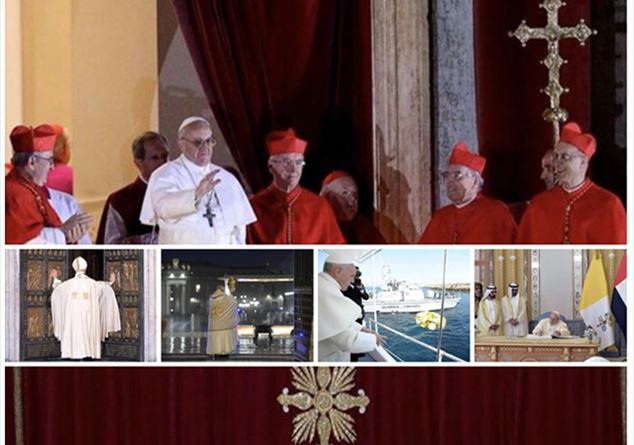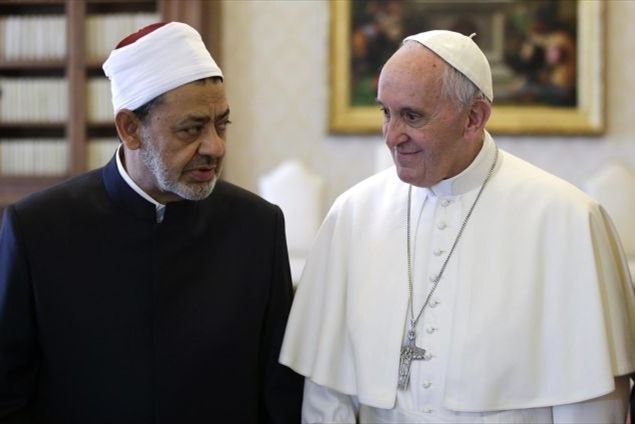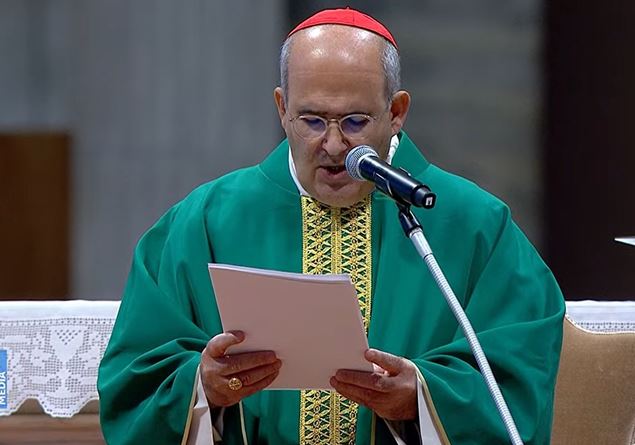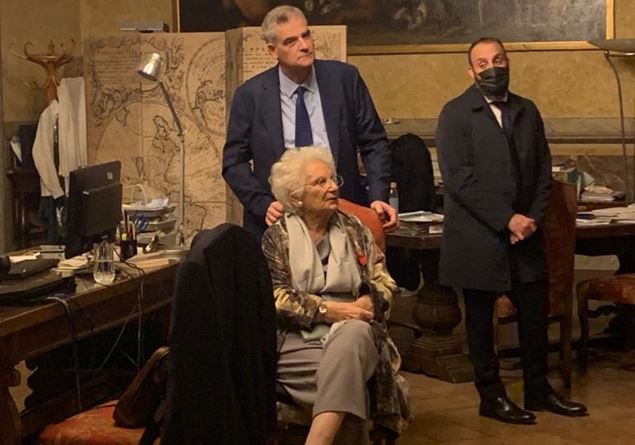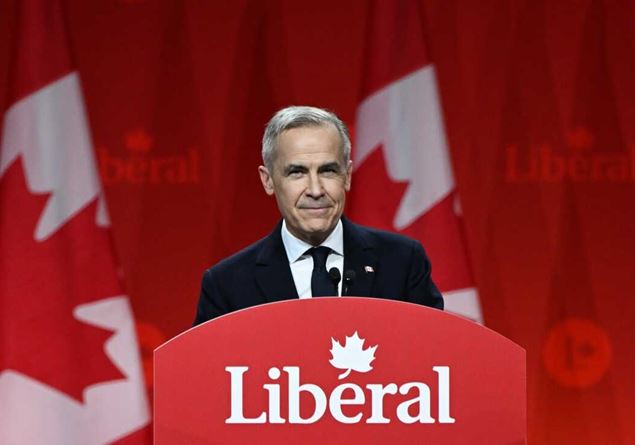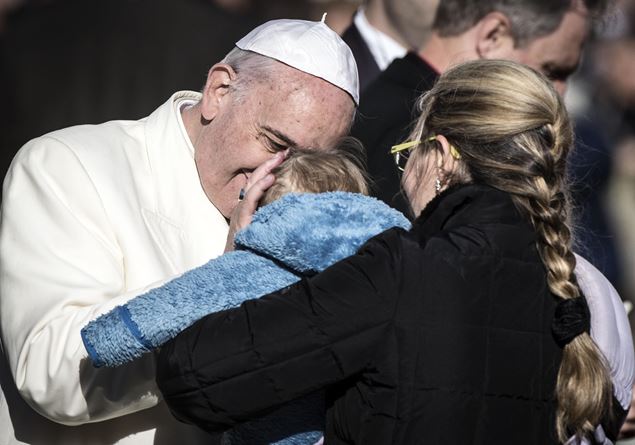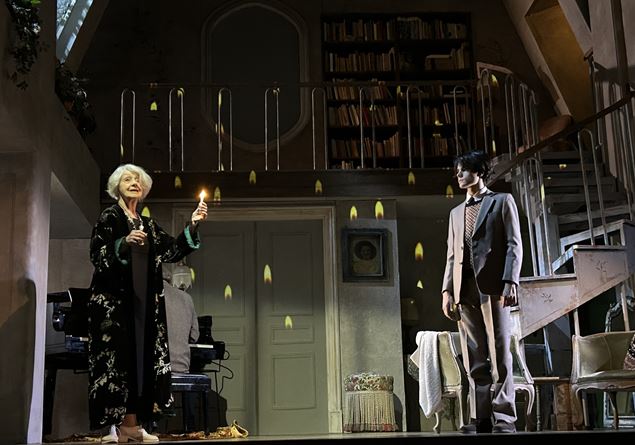«Someone could say:“ But what is art in an injured world? Are there no more urgent, more concrete, more necessary things? ”. Art is not a luxury, but a necessity of the spirit. It is not escape, but responsibilityI invite action, call, cry. Educating to beauty means educating to hope. And hope is never split from the drama of existence: it crosses the daily struggle, the labors of life, the challenges of our time ». Pope Francis, despite the hospital bed where he is hospitalized, does not give up commenting on the Gospel of the Beatitudes. One of his favorite steps that is well suited to the Jubilee of the ongoing artists in the Vatican.
Forced by the doctors of Gemelli, where it is hospitalized from Friday 1 and up to a new date, to “absolute rest”, the Pontiff continues to improve from the infection to the lungs that hit him a few weeks ago. Even with the bronchitis in progress, the Pope had continued, although tried, to keep faith with his commitments until he made himself necessary to intervene to force him to heal and concern himself. However, he could not make his voice heard on the song which is a bit the skeleton of all his pontificate. And so, addressing the artists who, despite his absence, packed the Basilica of San Pietro, he urged them, through the voice of Cardinal Tolentino de Mendoca who presided over the celebration, in “participating in the Beatitudes Revolution”. In the song of the Gospel, Francesco underlines, “Jesus proclaims the poor, the afflicted, the myths, the persecuted blessed. It is a reversal logic, a revolution of perspective. Art is called to participate in this revolution. The world needs prophetic artists, courageous intellectuals, culture creators ».
The beatitudes, he underlines, “We have listened to them many times and yet they do not cease to amaze us:” Blessed are you, poor, because yours is the kingdom of God. Blessed are you, who are now hungry, because you will be satiated. Blessed are you, who now cries, because you will laugh ”. These words overturn the logic of the world and invite us to look at reality with new eyes, with the gaze of God, which sees beyond appearances and recognizes beauty, even in fragility and suffering “. In the second part of the song, however, there are “harsh and warning words:” Woe to you, rich, because you have already received your consolation. Woe to you, who are now satisfied, because you will be hungry. Woe to you, who now laugh, because you will be in pain and cry. ” The contrast between “blessed are you” and “woe to you” recalls us to the importance of discerning where we put our security. You, artists and people of culture, are called to be witnesses of the revolutionary vision of the beatitudes. Your mission is not only of creating beauty, but of revealing the truth, goodness and beauty hidden in the folds of history, of giving voice to those who have no voice, to transform pain into hope ».
And, in a time of “complex crisis, which is economic and social and, first of all, it is a crisis of the soul, a crisis of meaning”, in which we do not know if “we walk with a destination or we are dispersed in wandering”, The artist “is the one or the one who has the task of helping humanity not to lose the direction, not to lose the horizon of hope. But be careful: not an easy, superficial, disengaged hope. No! True hope is intertwined with the drama of human existence. It is not a comfortable refuge, but a fire that burns and illuminates, like the word of God. For this reason, authentic art is always a encounter with the mystery, with the beauty that exceeds us, with the pain that questions us, with the Truth that calls us. Otherwise, “Woe!” ».
In his speech, the Pope recalls the words of the Jesuit Gerard Manley Hopkins, a poet who writes: “The world is full of God’s greatness. / It will shine like the glow of the shock lamina”. This is the artist’s mission: “Discover and reveal that hidden greatness, make it perceive to our eyes and hearts. The same poet also felt in the world an “lead echo” and a “echo of gold” “. The artist helps discern between these two different echoes, “to explain to them and to illuminate the path on which they lead us: if they are singing of sirens that seduce or calls from our truest humanity. A wisdom is asked to distinguish what is like “pullery that the wind disperses” from what is solid “as a tree planted along waterways” and is capable of taking fruit “.
For this reason, the artists are “of the custodians of beauty who knows how to bend over the wounds of the world, who knows how to listen to the cry of the poor, suffering, wounded, prisoners, persecuted, refugees. I see in you some custodians of the beatitudes! We live in an era when new walls rise, in which the differences become a pretext for the division instead of the occasion of mutual enrichment. But you, men and women of culture, are called to build bridges, to create spaces for meeting and dialogue, to illuminate the minds and to warm the hearts ».
And that’s why art is not a luxury, it is not an escape, but it is a necessity of the spirit.
For this reason, artists must let themselves be “guided by the Gospel of the Beaturaldini “so that” art is the announcement of a new world. Your poetry shows us! Never stop trying, to question, to risk. Because true art is never comfortable, it offers the peace of restlessness. And remember: hope is not an illusion; Beauty is not a utopia; Your gift is no coincidence, it’s a call. Answer with generosity, with passion, with love ».

